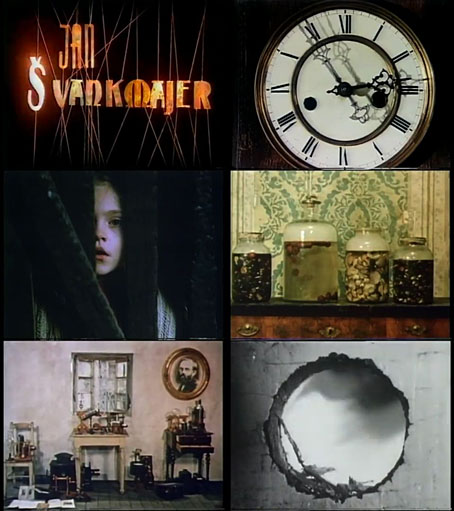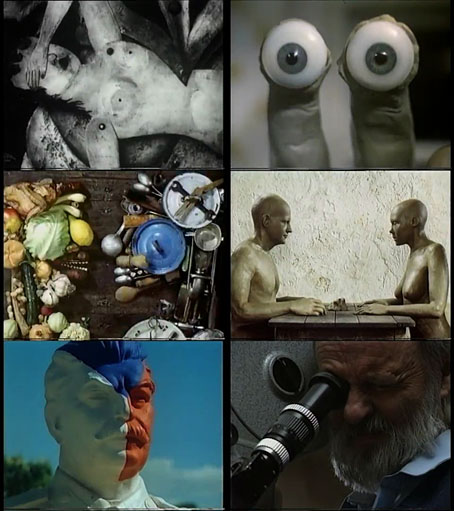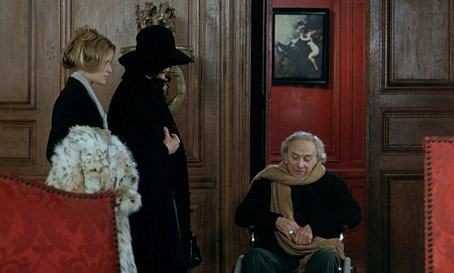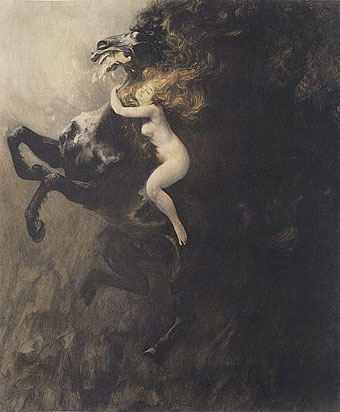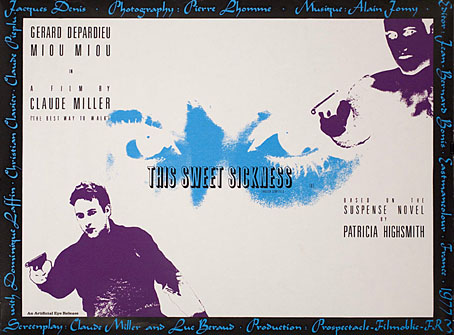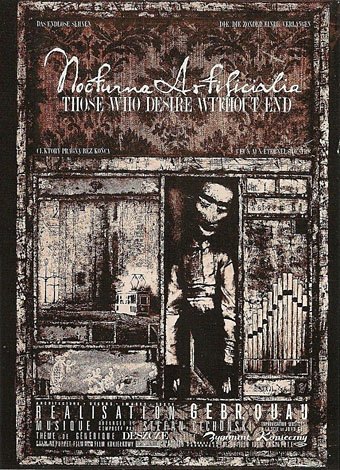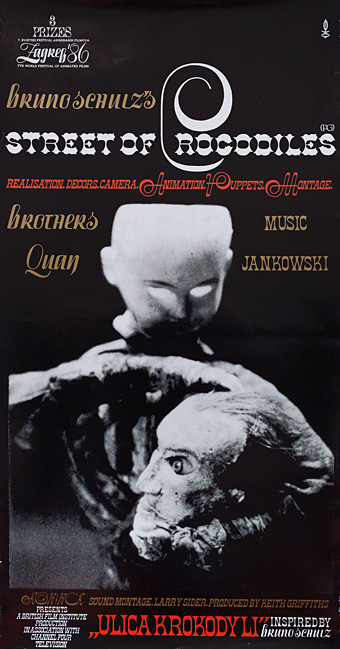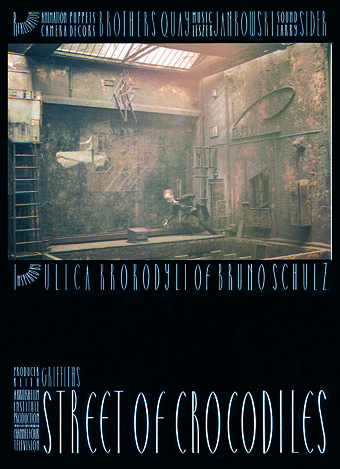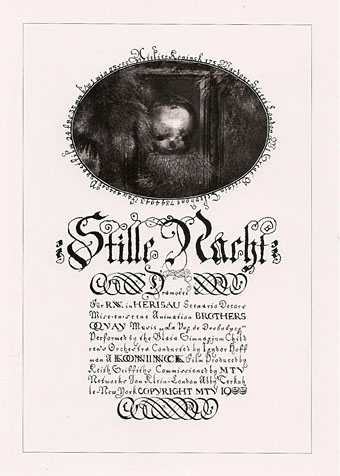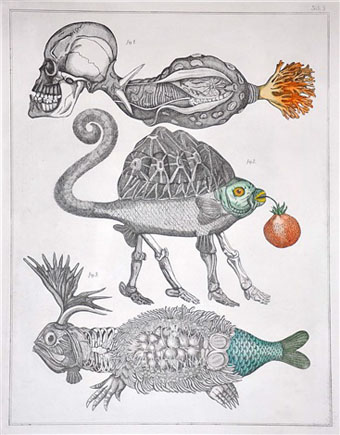
Natural History (1973) by Jan Svankmajer.
A Jan Svankmajer interview I was reading recently contained two references to something he called his “Decalogue” but no detail as to what this might be. The mystery was explained in a footnote: “Decalogue” is a collection of ten artistic principles that Svankmajer wrote for a film magazine, Vertigo, in 2006. Given the low circulation of these kinds of journals I expected the piece to be unavailable but the magazine has a website which reproduces the full text here.
Despite the title, these aren’t really Ten Commandments, they’re more statements of Svankmajer’s artistic philosophy, and as such won’t be suitable for everyone, or for every purpose when they’re so heavily oriented towards animated film. All the same, I like to see things like this even if I don’t agree with them; sometimes finding a principle you disagree with is a way of confirming or reinforcing the value of its opposite. In other cases you may find a condensation of a vague impulse which becomes easier to recall when set into words. A good example of the latter is the well-known instruction from Eno & Schmidt’s Oblique Strategies (which also has a quasi-religious tone:) “Honour your error as a hidden intention”. I seldom follow this one but I keep it in mind. As Svankmajer says at the end of his piece, rules like these are also made to be broken.
Previously on { feuilleton }
• The Magic Art of Jan Svankmajer
• Svankmajer’s cats
• Jan Svankmajer: The Animator of Prague
• Jan Svankmajer, Director
• Don Juan, a film by Jan Svankmajer
• The Pendulum, the Pit and Hope
• Two sides of Liska

